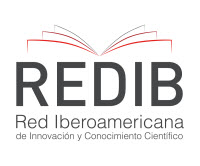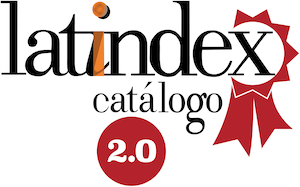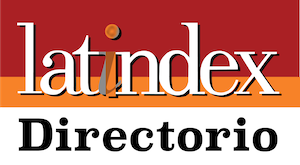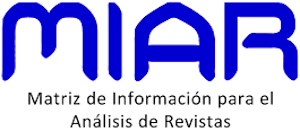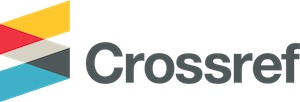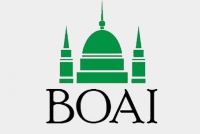Virtual Learning Object applied to the teaching process in the subject of Physical Education in students of 3rd year of Baccalaureate of the Bolivar High School – Tulcán
DOI:
https://doi.org/10.32645/13906925.1279Keywords:
Virtual Object, Thinglink, learning, interactive content, multimedia, platformAbstract
This article highlights the importance of computing today and its trends in the information society,
as well as virtual learning objects (OVA), which can be applied effectively in the teaching process with in Education. As such, a particular virtual learning object Thinglink is analyzed that allows the creation of interactive online content by making it easier for users to add links and tags to images, videos and other digital media to create more interactive learning and exploration experiences. This digital resource allows you to enrich the learning experience by creating interactive images that incorporate multimedia information since you can upload your own images or use images available on the platform and add links to other websites, videos, audio, text and other resources. Online, users can use ThingLink to enhance understanding of concepts, encourage active participation, and provide a dynamic platform for teaching. Therefore, the present research aims to develop an application-oriented online solution as a complement to teaching in the teaching process within
the subject of Physical Education in 3rd year Baccalaureate students of the Bolívar Educational Unit
of the City of Tulcán. ; In conclusion, the virtual learning object in the field of Physical Education is presented as a versatile tool that will improve the understanding of concepts, facilitate the practice of skills and encourage the active participation of students through interactive visual resources. This innovative approach can transform the way subject knowledge is taught and absorbed.
References
Alcívar, C., Vargas, V., y Calderón, J. (2019). El uso de las TIC en el proceso de enseñanza- aprendizaje de los docentes en las Universidades del Ecuador. Revista Espacios, 40(2), 27-36. https://www.revistaespacios.com/a19v40n02/a19v40n02p27.pdf
Asamblea Nacional Constituyente. (2008). Constitución de la República del Ecuador. Registro Oficial 449. https://www.oas.org/juridico/pdfs/mesicic4_ecu_const.pdf
Asamblea Nacional. (2011). Ley Orgánica de Educación Intercultural. doi:https://oig.cepal.org
Del Sol, L., Tejada, E., & Mirabal, J. (2017). Los métodos teóricos: una necesidad de conocimiento en la investigación científico-pedagógica. Scielo, 9(4), 250-253.
Diaz, J. (2017). La enseñanza de la Educación Física implementada con TIC. Educación Física y Deporte, 31(2), 1047-1056. doi:https://revistas.udea.edu.co/index.php/educacionfisicaydeporte/article/view/14409
Fernández, F., y Rodríguez, J. (2018). El proceso de integración y uso pedagógico de las TIC en los centros educativos madrileños. Educación XX1, 21(2), 395-416. https://redined.educacion.gob.es/xmlui/bitstream/handle/11162/166919/17907-45136-1-PB.pdf?sequence=1&isAllowed=y
Hernandez, R., Fernandez, C., y Batista, M. (2014). Metodología de la Investigación. Mexico: Edificio Punta Santa Fe.
Luna, Á., Vega, F., & Carvajal, H. (2019). Formación docente en el uso de las TIC. Universidad, Ciencia y Tecnología, Volumen Especial Núm. 02, 46-52. Obtenido de https://uctunexpo.autanabooks.com/index.php/uct/article/view/66/67
Morales, F., Pazmiño, M., & San Andrés, E. (2021). Competencias digitales de los docentes en la educación media del Ecuador. Polo del Conocimiento, 6(2), 185-203. Obtenido de https://polodelconocimiento.com/ojs/index.php/es/article/download/2246/4518
Real, C. (2019). Materiales didácticos digitales: un recurso innovador en la docencia del siglo XXI. Cuadernos de Desarrollo Aplicados a las TIC, 8(2), 12-27. Obtenido de https://pdfs.semanticscholar.org/0e3a/4cf86ebe37d28d5aa61f5bfa5c2f90eed536.pdf?_
ga=2.211411093.1603392995.1661860227-20731916.1656791986
Román, C. (2017). El uso del celular y su influencia en las actividades académicas de los estudiantes de primer año de bachillerato de la Unidad Educativa Sagrados Corazones de Rumipamba de la ciudad de Quito. Tesis de Maestría en Innovación Educativa. Quito: Universidad Andina Simón Bolívar (Sede Ecuador). Obtenido de https://repositorio.uasb.edu.ec/bitstream/10644/6164/1/T2591-MIE-Roman-El%20uso.pdf
Salgado, A. (2017). Investigación cualitativa: diseños, evaluación del rigor metodológico y retos. Scielo, 13(1), 71-78.
Suárez, B. (2018). Whatsapp: su uso educativo, ventajas y desventajas. Revista de Investigación en Educación, 16(2), 121-135. Obtenido de https://reined.webs4.uvigo.es/index.php/reined/article/view/342/386
Tadeu, P. (2020). La competencia científico-tecnológica en la formación del futuro docente: algunos aspectos de la autopercepción con respeto a la integración de las TIC en el aula . Educatio Siglo XXI, 38 (3), 37-54. Obtenido de https://revistas.um.es/educatio/article/view/413821/292311
Tapia, H. (2018). Actitud hacia las TIC y hacia su integración didáctica en la formación inicial docente. Revista Electrónica “Actualidades Investigativas en Educación”, 18 (3), 1-30. Obtenido de https://www.scielo.sa.cr/pdf/aie/v18n3/1409-4703-aie-18-03-702.pdf
Valarezo, J., & Santos, O. (2019). Las tecnologías del aprendizaje y el conocimiento en la formación docente. Revista Conrado, 15(68), 180-186. Obtenido de http://scielo.sld.cu/pdf/rc/v15n68/1990-8644-rc-15-68-180.pdf
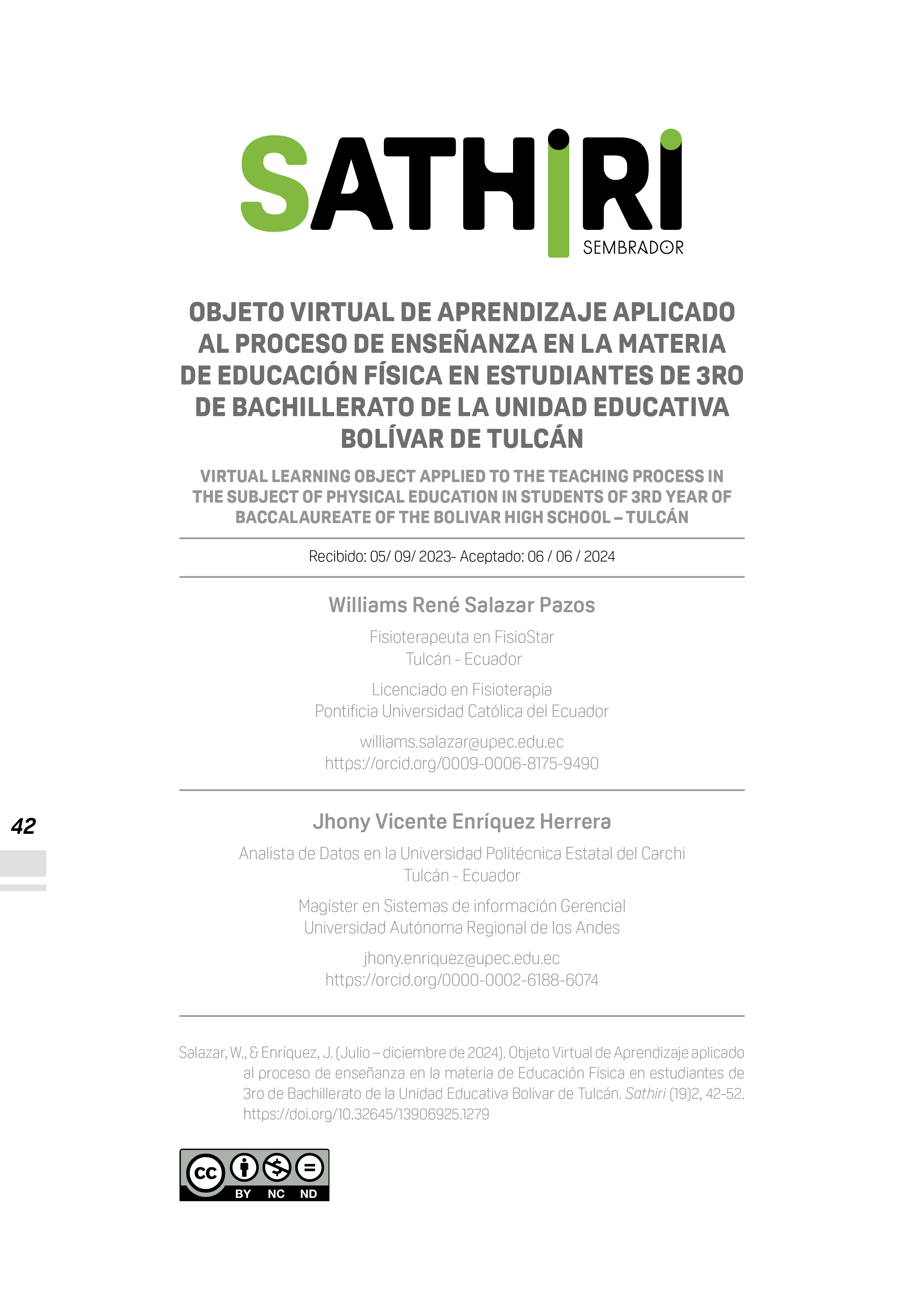
Published
Issue
Section
License
Copyright (c) 2024 Williams Rene Salazar Pazos, Jhony Vicente Enríquez Herrera

This work is licensed under a Creative Commons Attribution-NonCommercial-NoDerivatives 4.0 International License.
El autor mantiene los derechos morales e intelectuales de su obra, autorizando a la editorial de la revista Sathiri la difusión y divulgación de su contenido con fines estrictamente académicos y de investigación, sin fines de lucro. Así mismo, se autoriza que la obra sea descargada y compartida con otras personas, siempre y cuando no sea alterada y se reconozca su autoria.






